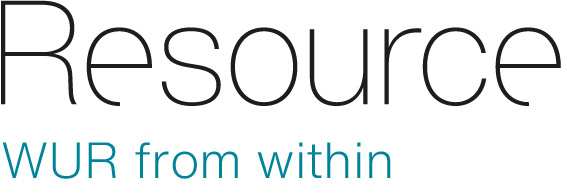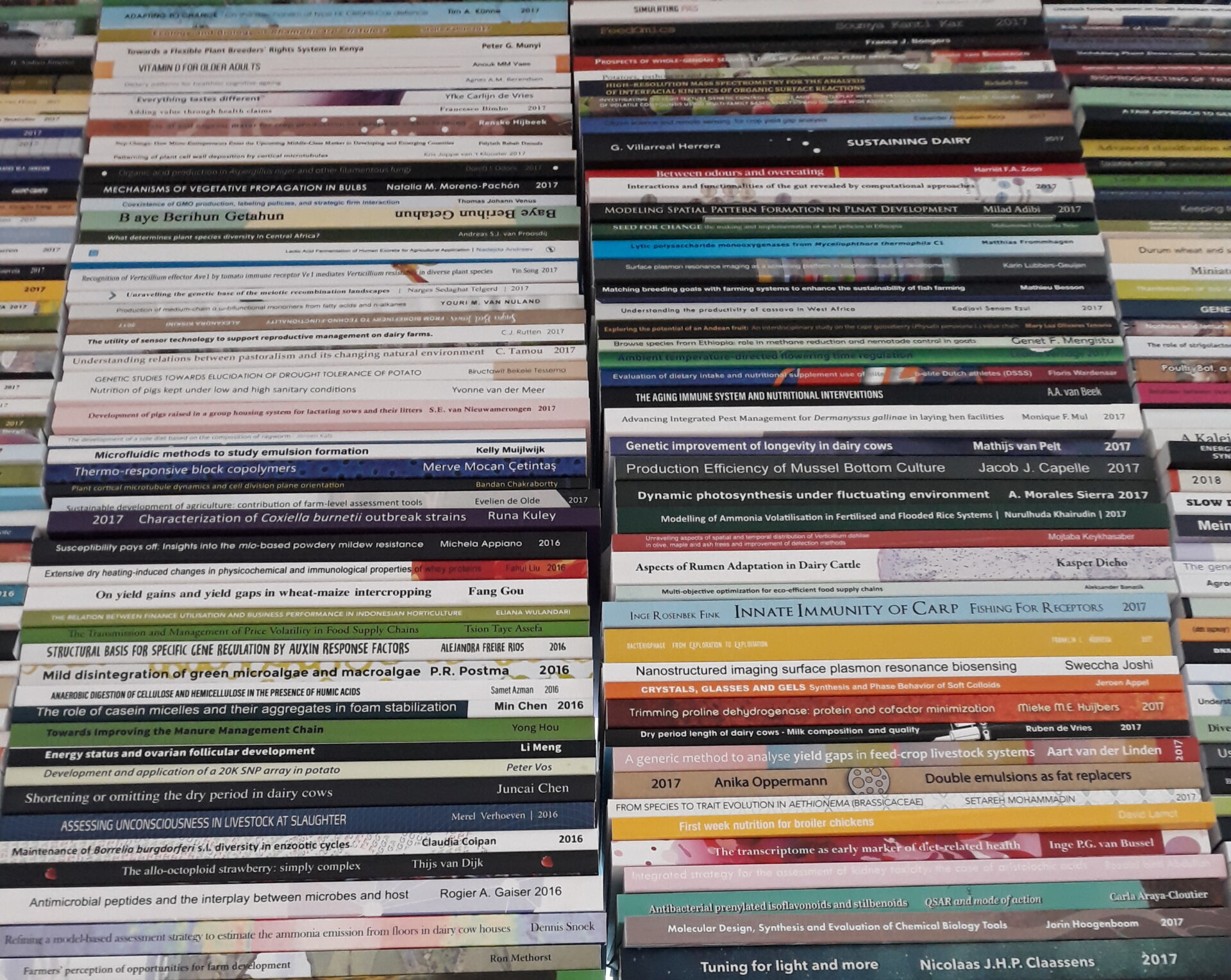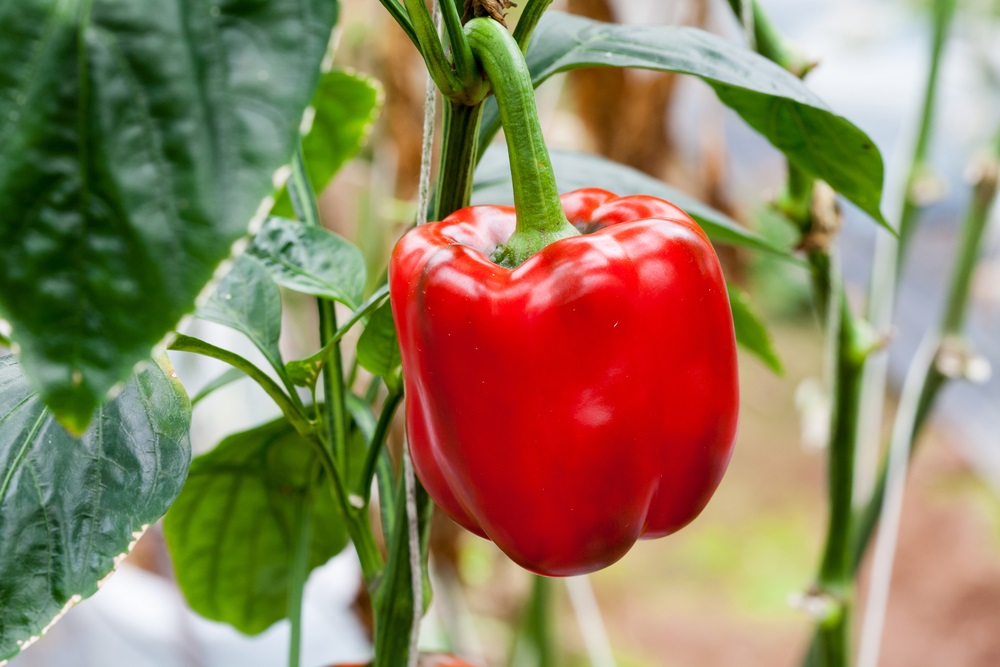More than 250 PhD students receive their PhDs at WUR every year. It is impossible to describe and summarize all these theses. In the column ‘PhD theses in a nutshell’ the selection of our science editors is briefly presented.
Cackling
Magpies cackle loudly. What do those alarming noises mean? Miriam Kuspiel from Germany tried to decipher the language of magpies. She studied the various reactions provoked by fake foxes, sparrowhawks and pigeons. There are big differences. The magpies react most to intruders on the ground, followed by other magpies. The cackling is louder, more rapid and continues for longer. They react least to sparrowhawks in the air. The same pattern is seen when magpies are in pairs or groups. According to Kuspiel, the cackling is aimed at scaring off intruders or alerting other magpies. But it is hard to decipher their calls.
The function of alarm calls and their variation in Eurasian magpies.
Miriam Kuspiel. Supervisor Marc Naguib
Pepper puzzle
The composition of the light can have a big effect on the growth of plants. Sijia Chen from China studied what having more far-infrared light (wavelengths up to 1mm) in the spectrum does to the fruit formation in bell peppers. The effect is clear: more far-infrared light reduces fruit formation. At least, it does in a climate-controlled greenhouse. Similar experiments in an ordinary greenhouse produced the exact opposite result. It is a good (and frustrating) example of how much the experimental setup can determine the result. A warning to all scientists.
Unravelling light spectrum effects on fruit set in sweet pepper.
Sijia Chen. Supervisors Leo Marcelis and Remko Offringa
Medicines in chicken feathers
Chicken feathers consist largely of the protein keratin. So it’s a shame to throw them away. Xiaojie Qin, from China, developed a method for making nano-capsules for insulin from feathers. Keratin peptides, which are breakdown products of keratin, can easily get inside human cells. You can also turn them into spherical nanoparticles that open and close depending on the acidity of the surrounding aqueous environment. Qin demonstrated various results by packaging insulin in the nano-capsules. From chicken feathers to nano-capsules — a nice example of biobased engineering.
Valorization of chicken feathers: biobased nanocarriers for biomolecule delivery.
Xiaojie Qin. Supervisor Harry Bitter



